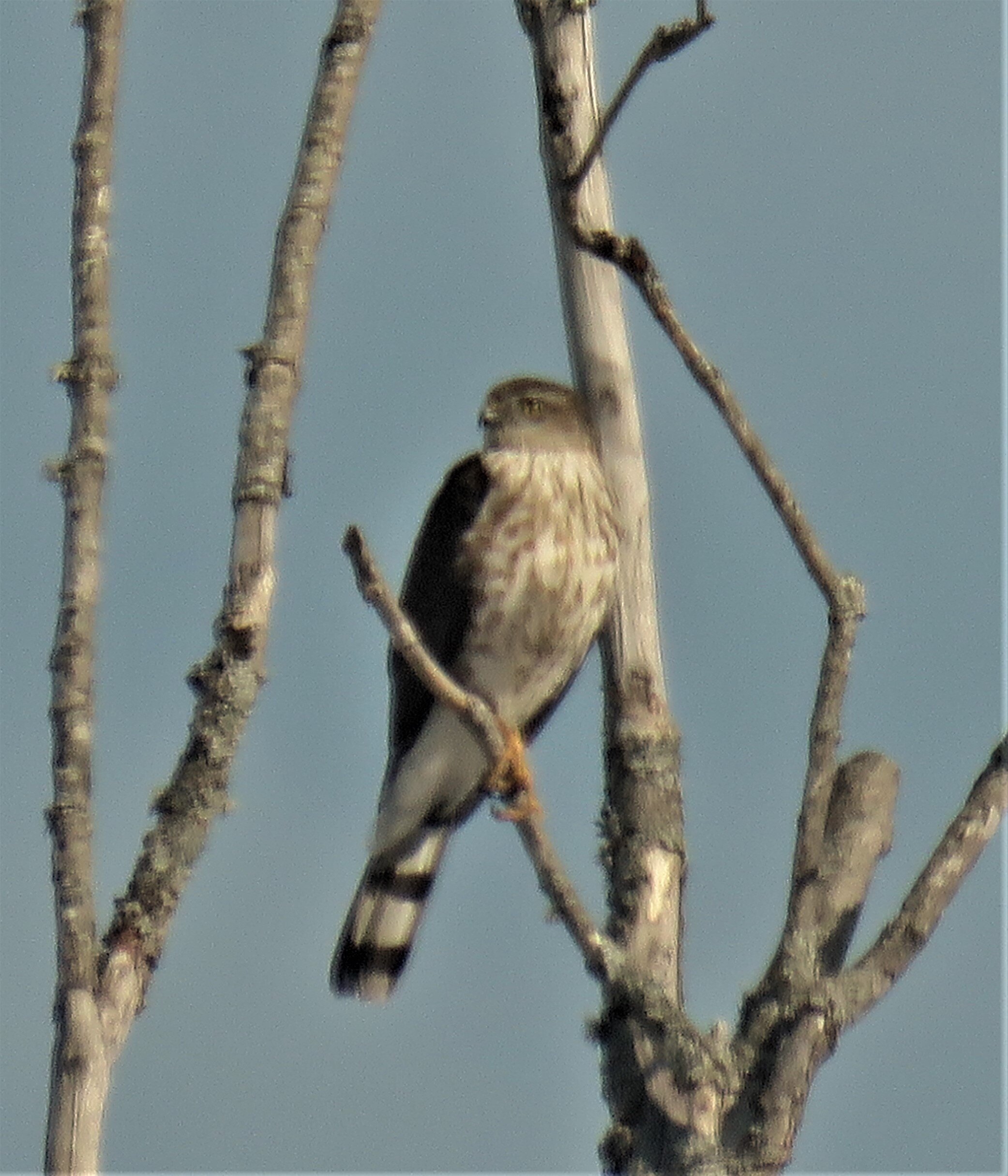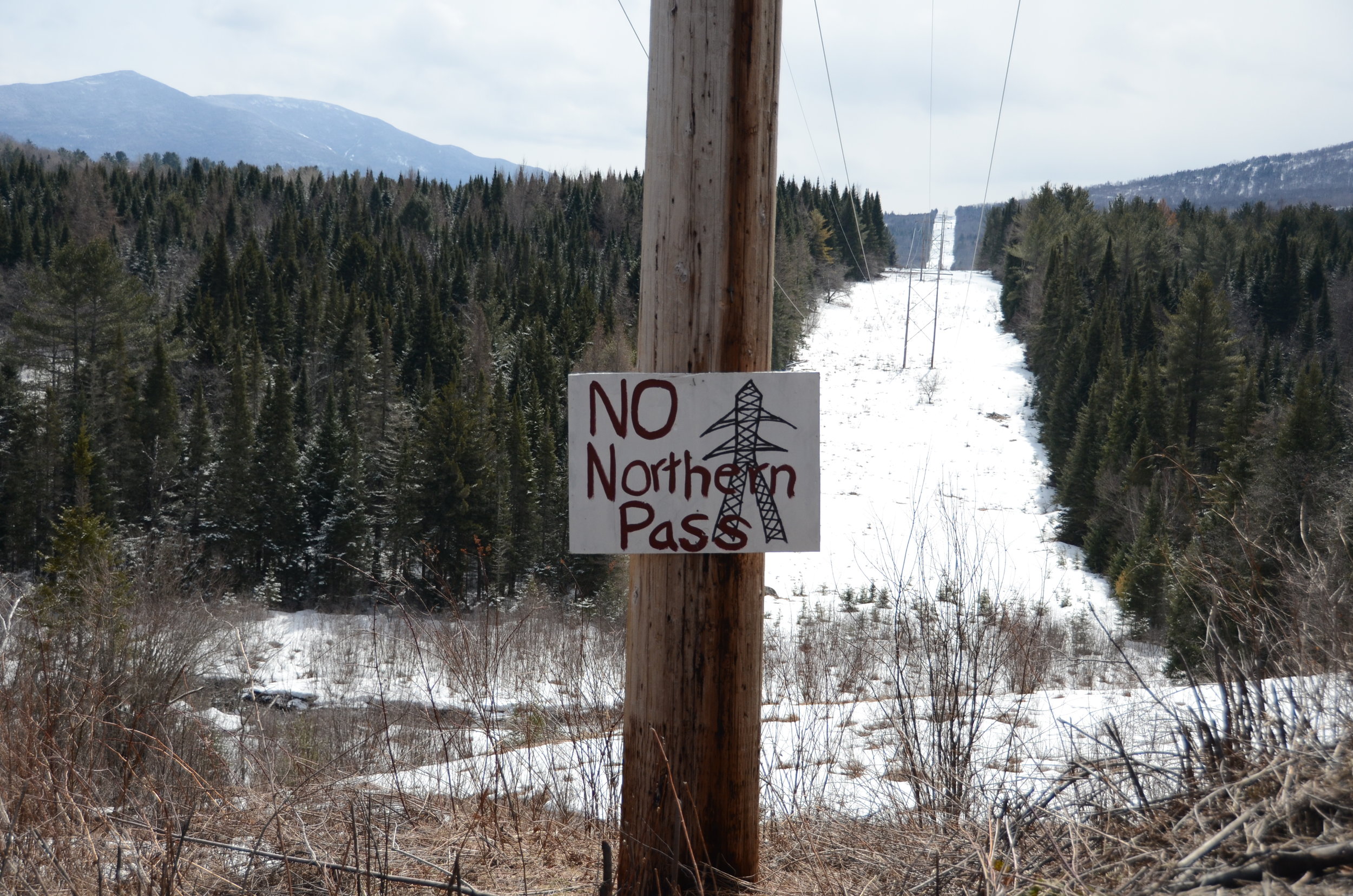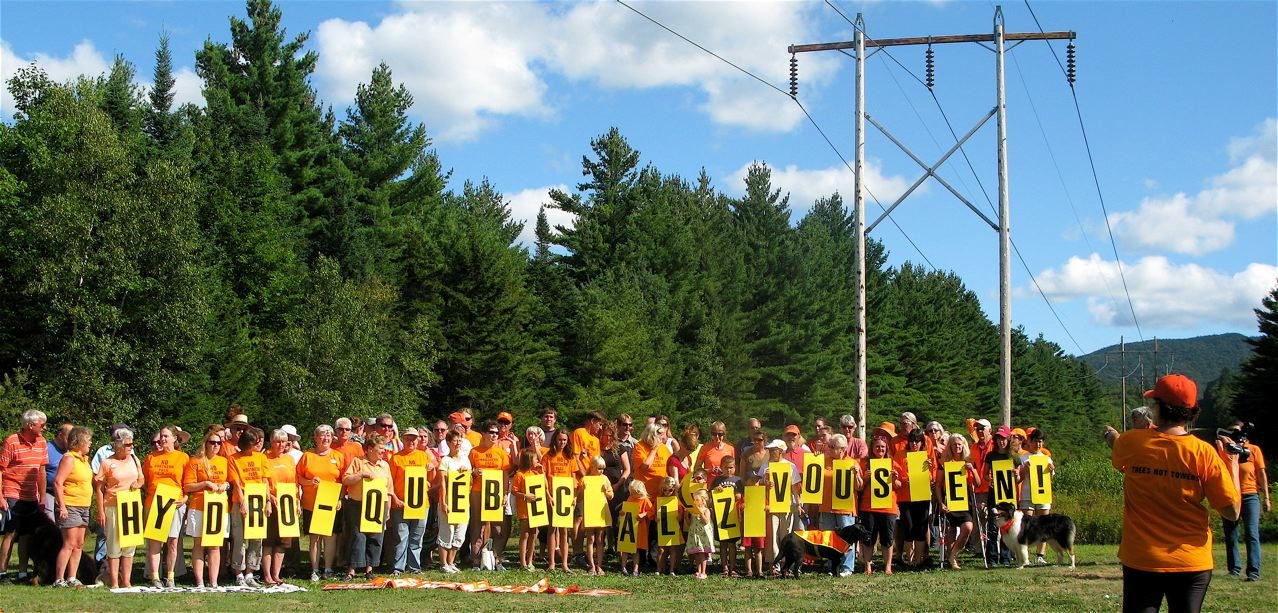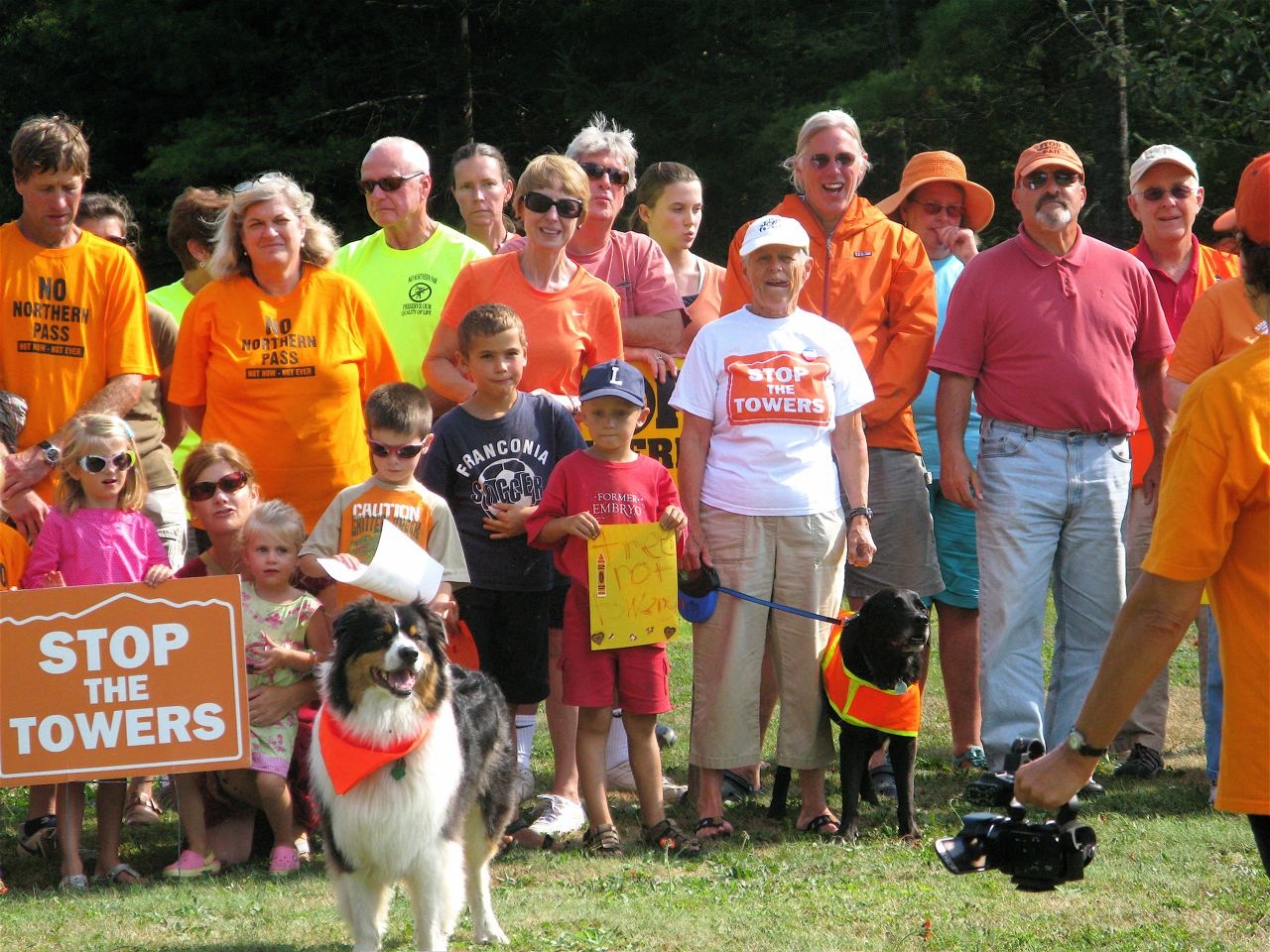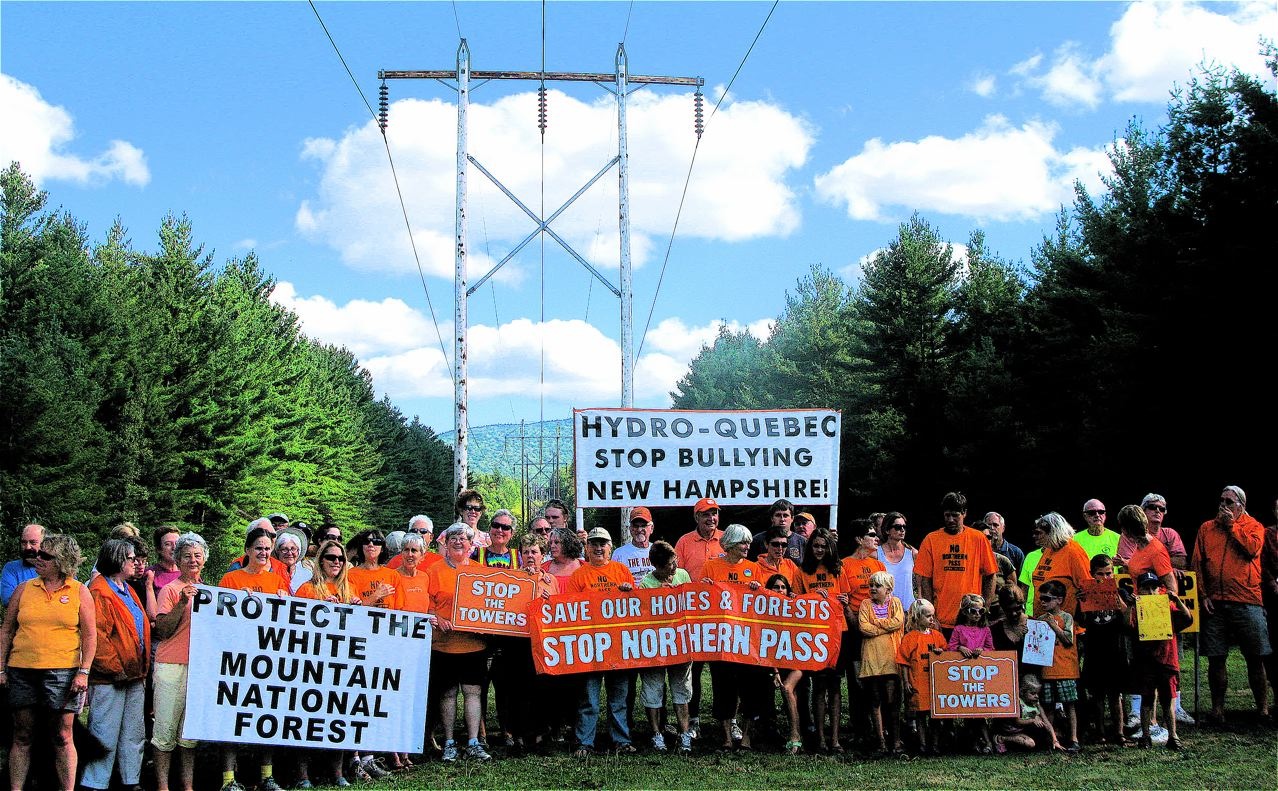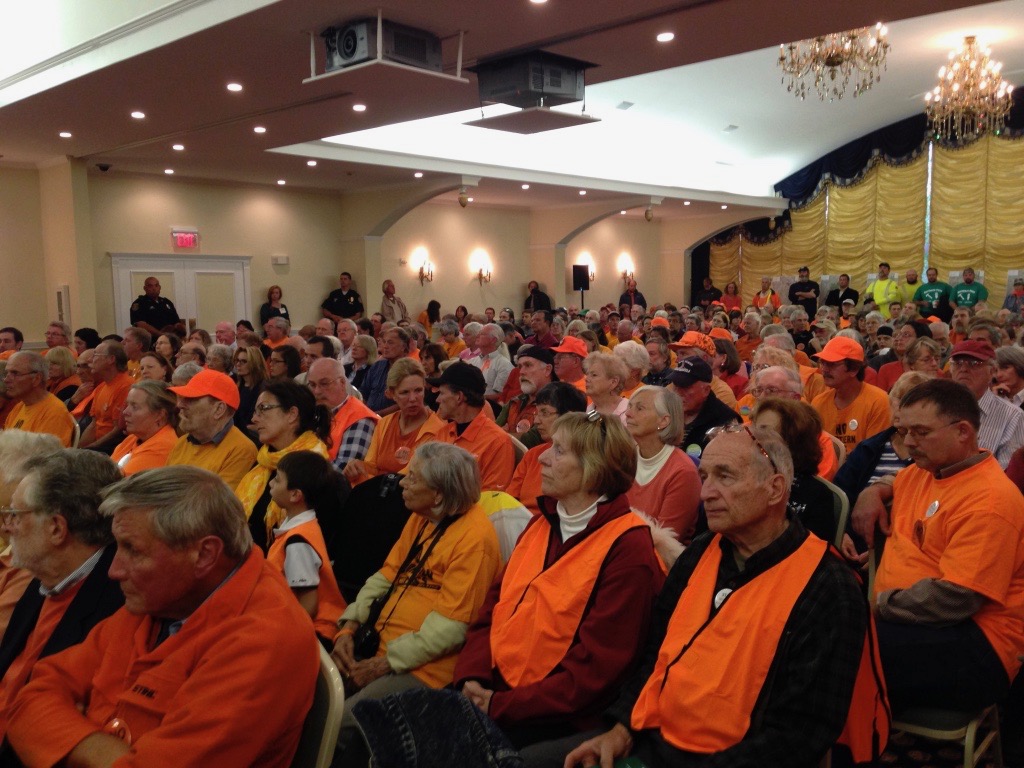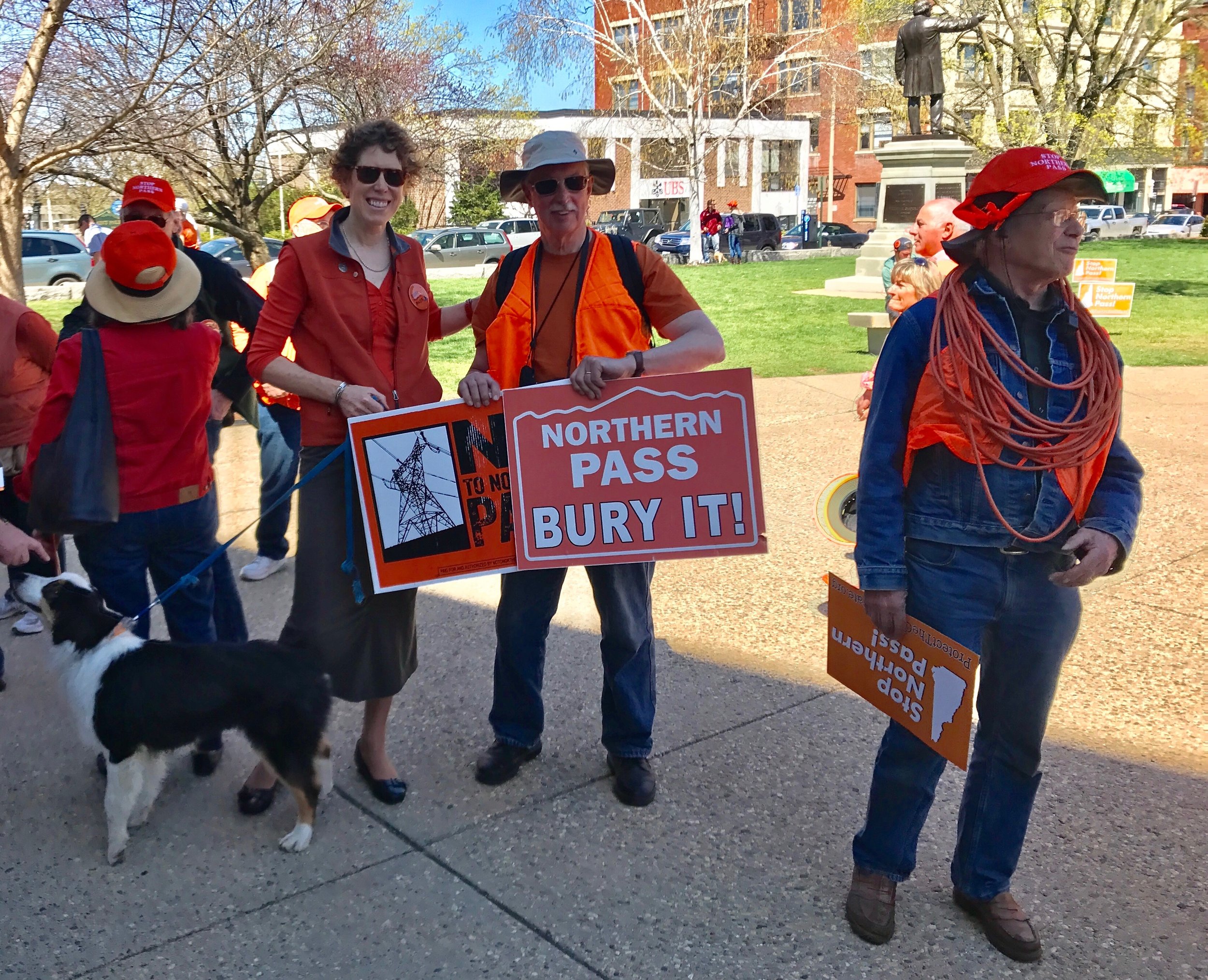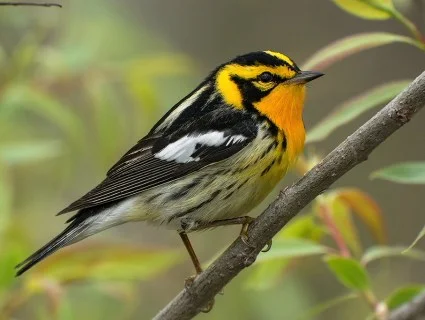Harbingers of Spring
Late March & Early April
Phenology – “a branch of science concerned with the relationship between climate and periodic biological phenomena (as the migration of birds or the flowering and fruiting of plants).
In the North Country, the vernal equinox comes well before what would readily be recognized as spring. Snow still covers the ground, ice hides the ponds, and tan beech leaves still refuse to fall, despite carrying a little load of snow. Although spring remains a long way off, we happily look for signs, however small, that the long winter is coming to a close. Squirrels, hares, and other small animals are more active now, as evidenced by the networks of tracks that can be seen after an inch or so of fluffy snow falls upon a hardened underlayer. Of course, if the small mammals are more active, that is bound to attract weasels, hawks and other predators.
Photos and text by Carl D. Martland, a founding member of ACT and a long-time resident of Sugar Hill. Quotations from his journals indicate the date of and the situation depicted in each photograph.
March 13, 2021, 32 degrees, mostly sunny. Bushwhacking back from Foss Woods, I came across some otter tracks, which led me to my own trails and out into the Upper Meadow. The hind print was 4.5 inches long.
Something Special – a Sharp-Shinned Hawk (3/11/2021)
Every morning I look out the window to see if any birds have perched in the dead branches at the top of an old sugar maple across the street from our house. At this time of the year, a small flock of blue jays or starlings is likely to be scattered over these branches, preening their feathers and perhaps deciding whose feeder to visit next. But last week, a lone light-fronted bird peered across the fields, a bit too large and certainly too solitary to be a blue jay. That’s the time to fetch the camera and, to use what used to be an unambiguous phrase, “zoom in.” Certainly not a blue jay, but a hawk. Guidebook, please. OK, striped tail feathers and general shape indicate either a Cooper’s or a sharp-shinned hawk. Small head and rough streaks on its breast are decisive: it’s a sharp-shinned hawk.
Sparrows, yes, but which ones?
Birds are quicker to recognize spring than we are. As we’re still huddling beside our wood stoves and thinking of skiing and tracking, different birds are showing up by the feeder and along the roadways. Sparrows, rarely if ever seen during the darkest months, start to show up in late March or early April, unmindful of the snow on the ground so long as some seeds can be found by the feeder or in the widening patches of open lawn.
If they stay still long enough for a photo, you have a better chance of seeing the details required for proper identification. Note the song sparrow’s broad, dark lateral throat stripe, the pattern of its head stripes, and the streaks converging to a dark spot on its chest. The tree sparrow has a large, bi-colored beak, a dark central spot on its lightly streaked chest, and white wing bars. The white-throated sparrow is readily identified by its brilliant yellow patches in front of its eye and the white patch on its throat that is so clearly differentiated from its grey breast and cheeks.
April 16, 2018 A song sparrow on our back lawn.
March 28, 2018 A tree sparrow by our feeder
April 28, 2016 A white-throated sparrow on our front lawn
The True Harbinger of Spring
In Boston, we viewed the first robin as the “harbinger of spring.” Not up here. Nor do we over-react to the first redwing blackbird. No, what we are waiting for is the first woodcock, for there is no one as excited by the true spirit of spring as the male woodcock. He lands in an open spot in a reasonably flat, partially snow-covered, flattened field or meadow that is bordered by a protective line of trees and not too far from a small pond or brook. He then utters that irresistible appeal to the female of that species: “peeent” – a sound that might be a wolf whistle through a kazoo. He does this repeatedly, at intervals of several seconds, maybe just five times or maybe as many as fifty times, before suddenly taking off into the night, circling higher and higher, wider and wider, with the wind whistling through his wings emitting an eerie wail that will attract and entice any female (well, any female woodcock) within a half-mile. Happy and excited, he flutters back to his mating grounds, looks hopefully for a mate, shrugs, and does it all over again. And again. For hours. For days. For weeks.
March 28-31, 2012. This year a flock of nearly two dozen robins showed up on the same day as the first woodcock, so I thought I may have been overly harsh on the notion that it’s woodcocks, not robins that announce that spring is near. But then I followed the woodcock as it made its plaintive call and its soft coos, and I watched as it flew out up and around in huge circles, and I hid behind some small shrubs in the hopes that it would flutter down close to me and start all over again. Have I ever done this with a flock of robins? Has anyone? No, and that’s why it’s the woodcock that has, in the North Country, earned the title “harbinger of spring.”
March 25, 2021 55 degrees at 730pm. The snow has started to melt, opening up some bare, muddy patches in the Upper Meadow and around the pond. So, for the third night in a row, I decided to go out to listen for woodcock. As soon as I stepped out, I heard the unmistakable “peeent”- the woodcock are here! I slowly went out toward the pond and then stood still in a spot with good views toward the fields. Within a minute or less, one dropped down to a flat, muddy spot not ten feet away. Quickly realizing that I wasn’t a tree, it flew down to the next little opening about twenty yards further along the trail next to the pond. He went through his calls, flew off, circled, and landed a half dozen times in a half dozen different spots over the next half hour.
In the spring, when woodcock are only seen at dusk, I have never been able to get a good photograph of the birds. I’ve had better luck with short movies, even though the result is pretty much “film noire,” with the woodcock providing the only sounds.
March 27, 2020 — A woodcock was calling at dusk from various spots below the dam. I recorded his “peents” and took pictures of the site, but I couldn’t distinguish its pattern of browns and whites from the similar pattern of browns and whites of this bumpy, snow-speckled, flattened field.
The only time I have been able to get a photo of woodcock is in the fall when they sometimes stop by to forage for worms and insects in our backyard. Woodcock have an extraordinarily long bill, which is not only highly photogenic but also very useful for poking around a lawn or into mud in search of an insect or a worm.
October 9, 2020 — 34 degrees, 930-1000am. A pair of woodcock were feeding in the back lawn, staying in the shade on frost-bejeweled grass.
This Bud’s for You – for too many more weeks!
Now that the sun is higher and the days are longer, we are in danger of reacting to false signs of spring. We find red buds at the tips of stems on our apple trees, or we see a reddish tinge to the tips of birch branches highlighted against an amazing blue sky. But you must remember what our neighbor Harry Reid told us back in 1998 when we were excited to see these same signs of what we thought would be an early spring: “Don’t get too excited – they will still just be buds well into May!”
March 13, 2021 — Birch Beauty
March 19, 2018 — Buds Brighten






